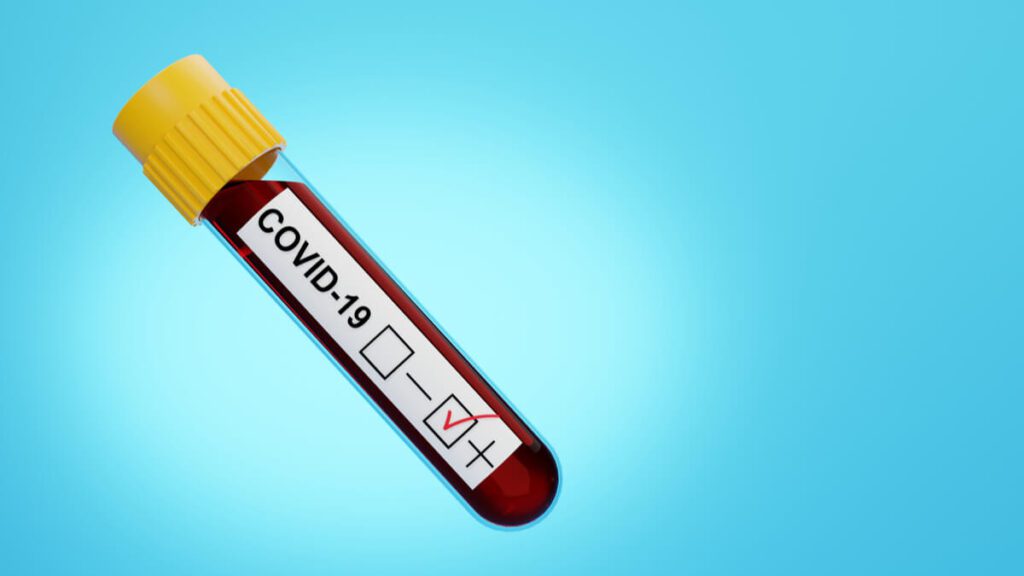 Photo courtesy of MIT
Photo courtesy of MIT Scientists at MIT and Harvard University have created a smart face mask that can detect COVID-19 results of the person wearing it within about 90 minutes.
The masks are implanted with tiny, non-reusable sensors that can be attached into other face masks and could also be altered to detect other viruses.
The sensors are based on freeze-dried cellular machinery that the research crew has previously developed for use in paper diagnostics for viruses such as Ebola and Zika.
“We’ve proven that we can freeze-dry a wide range of synthetic biology sensors to identify viral or bacterial nucleic acids, as well as toxic chemicals, including nerve toxins. We envision that this platform could enable next-generation wearable biosensors for first responders, health care personnel, and military personnel,” says James Collins, the Professor of Medical Engineering and Science in MIT’s and the senior author of the study.
The face mask sensors are designed to be activated by the person who is wearing it when they are ready to perform the test, and the results are only displayed on the inside of the mask, for user privacy.
Wearable sensors are not new
The idea of wearable sensors existed even before the pandemic begun. Collins started developing this technology years ago. In 2014, the invention was embedding the sensors on papers to diagnose viruses like Ebola and Zika.
Lately, Collins and his team initiated the idea of integrating these sensors into textiles, the goal at first was to use it on lab coats to protect health care workers.
After trials of around a hundred types of fabrics the researchers discovered few items that are compatible with the sensors. The most suitable fabric match was a combination of polyester and other synthetic fibers.
From lab coats to face masks
While the researchers were working on the wearable sensors, the pandemic started taking over, and their work shifted towards technologies that can serve in diagnosing SARS-CoV-2, the virus that causes COVID-19.
To create their diagnostic face mask, the scholars implanted freeze-dried SHERLOCK sensors into a paper mask. That are surrounded by silicone elastomer. In other words. the sensors are placed on the inside of the mask, so they can detect virus-related particles in the breath of the person wearing the mask.
There is also another sensor on the outside of the mask that detects any virus exposure from the environment.

The mask also includes a small reservoir of water that is released at the push of a button when the person is ready to perform the test. This hydrates the freeze-dried components of the SARS-CoV-2 sensor, which analyzes accumulated breath droplets on the inside of the mask and produces a result within 90 minutes.
“This test is as sensitive as the gold standard, highly sensitive PCR tests, but it’s as fast as the antigen tests that are used for quick analysis of COVID-19,” Peter Nguyen, a research scientist at Harvard University says.
The sensors are switchable to any other pathogens, including influenza, Ebola, and Zika, according to the researchers.
Right now, the scientists have filed for a patent on the technology, as they are aspiring to collaborate with a partner to produce these sensors.